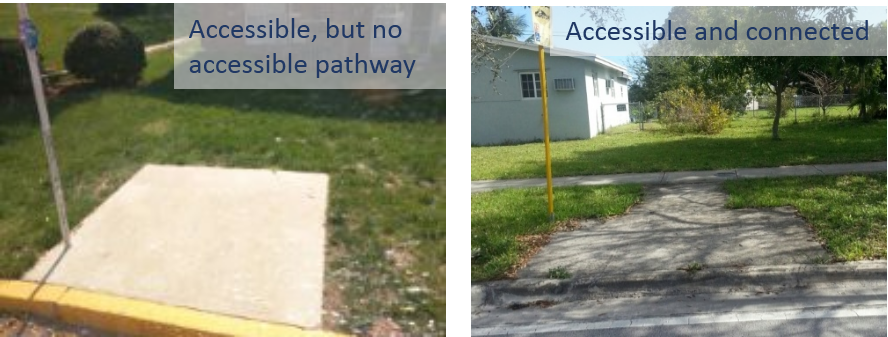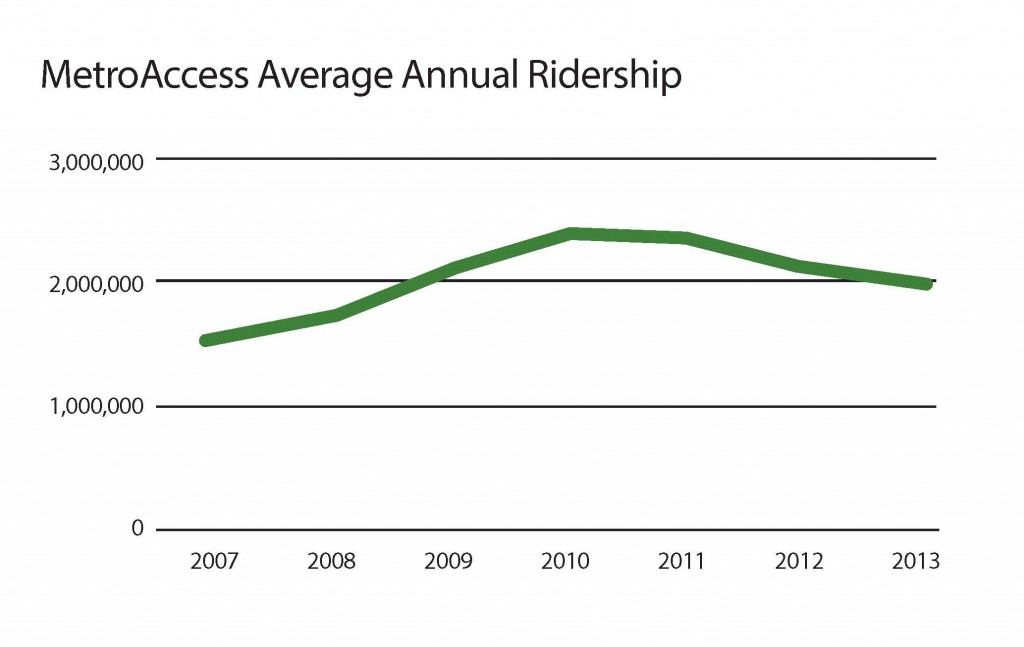Abilities-Ride Program: An Alternative to MetroAccess
In this guest post, Mr. Christiaan Blake, Director, WMATA Office of ADA Policy and Planning describes a new cost-cutting partnership called Abilities-Ride.
On September 30, the Washington Metropolitan Area Transit Authority (WMATA) issued a request for proposals (RFP) for its new Abilities-Ride program. Abilities-Ride is designed to provide MetroAccess–eligible customers with access to a general trip purpose alternative in the Prince George’s and Montgomery County sections of the MetroAccess service area. Depending on the results of the program, Abilities-Ride could be expanded to cover the entirety of the MetroAccess service area. Abilities-Ride will not be a Metro service, but instead a public-private partnership between Metro and one or more vendors that provide existing or soon-to-be established generally available on-demand service. Metro will subsidize up to $15 per eligible customer trip.
MetroAccess Sustainability
MetroAccess is the region’s designated paratransit service for people whose disabilities prevent them from using bus and/or rail services for at least some of their trips. As outlined in the Americans with Disabilities Act (ADA), paratransit services like MetroAccess were designed to be a safety net. However, in many places, including the Metro service region, demand for paratransit has grown at unsustainable rates. To address the growth in demand for MetroAccess, WMATA has been facilitating the availability of new alternative services among which MetroAccess customers could choose. The new alternatives include the Coordinated Alternatives to Paratransit Service (CAPS) pilot program for trips to/from human services agencies, and the highly successful TransportDC service that allows Washington, DC residents eligible for MetroAccess to call a cab for medical and work-related trips anywhere in DC for a flat, $5 fare. Read more…






Recent Comments